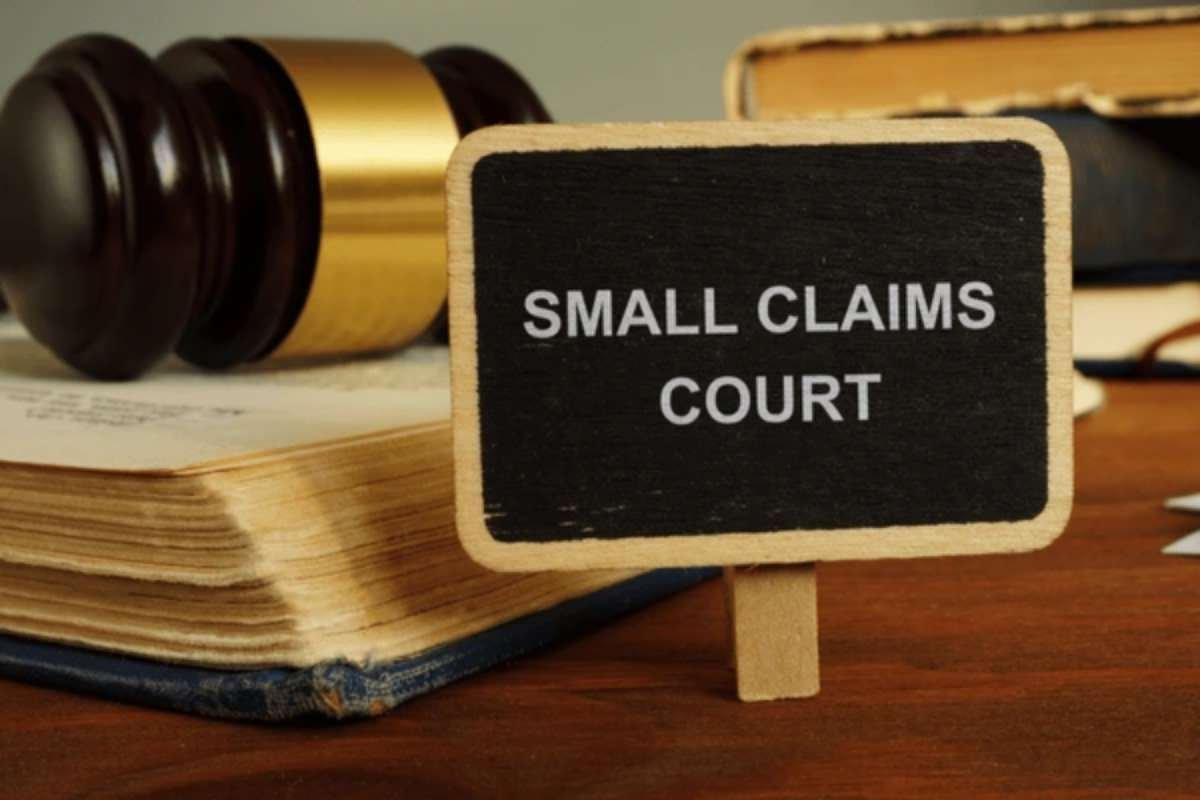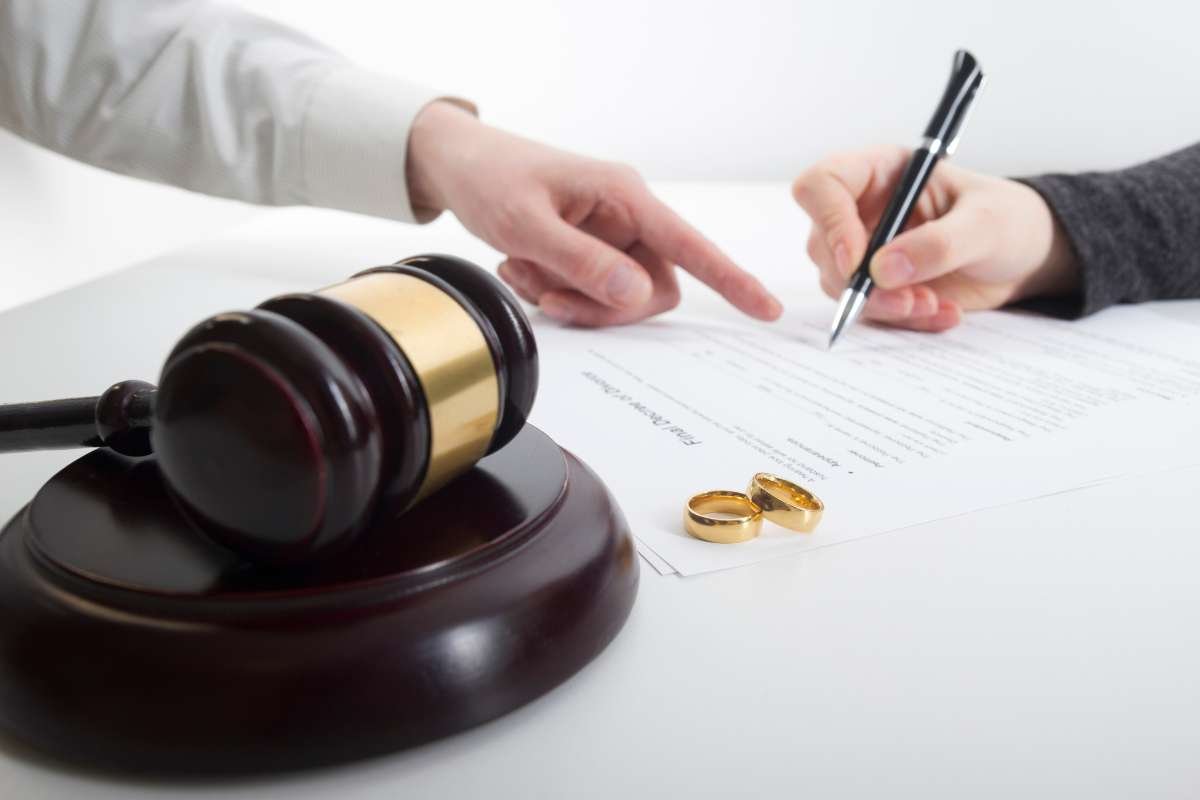Accidents and injuries have this awful way of completely flipping your world upside down when you least expect it. One minute you’re going about your normal day, and the next you’re dealing with medical bills, missing work, and trying to figure out how you’re going to pay for everything while you’re in pain.
When something like this happens because of someone else’s carelessness or bad decisions, you might be wondering if you have any right to ask for compensation. Understanding what types of cases qualify as personal injury claims is honestly the first step toward protecting yourself and getting the help you actually deserve.
Personal injury law covers way more situations than most people realize. It’s not just car accidents, though those are probably what most folks think of first. We’re talking about any situation where someone else’s negligence or wrongful actions end up causing you harm.
Whether it’s a car crash, slipping on a wet floor, getting hurt by a defective product, or dealing with a medical mistake, knowing how these cases work can help you make smart decisions if something unexpected happens to you.
4 types of personal injury claims:
1. Automobile Accidents

There´s no doubt that automobile accidents are the most common types of personal injury claims, and rightfully so. There are millions upon millions of people driving every day, which no doubt results in inevitable collisions. The most important consideration in these cases is proving the other driver was the negligent party – things like speeding, texting while driving, running red lights, and driving under the influence.
Going through your insurance company after an automobile accident can be a big problem. Insurance companies have trained to minimize their payouts to the best of their ability. They may also try to persuade you to accept their quick offer, which will almost always be less than the compensation you deserve. This is why it makes it extremely important to document everything – photographs of the damage to the vehicles, police report from the officer, all medical records, receipts for anything.
The hard part with automobile accidents is that you may not have any injuries right away. You may not feel anything at the scene, but the next day might involve a visit to the doctor for a serious neck or back issue. The bottom line is, it is always a good idea to go see a doctor, even if you think you are fine.
Insurance companies will always use the fact that you did not seek medical attention right away as a justification to argue that your injury is not very serious or not related to the accident.
2. Slip and Fall Cases
Slip and fall cases fall within an area called premises liability, which means that property owners have a duty to make their property reasonably safe for their visitors. This includes things like cleaning spills up right away, fixing broken stairs, and making sure that walkways are reasonably illuminated and clear of hazards.
Some common reasons for slip and fall accidents are wet floors with no “slippery” signs, uneven sidewalks, lack of lighting, loose carpeting, or debris left in walkways. The hard part of these cases is showing that the property owner was aware of the hazard and took no action to remedy the situation, or they should have known about the hazard had they acted reasonably.
It is imperative that you gather evidence as soon as possible when dealing with slip-and-fall cases. Take pictures of the area where you fell and pictures of the hazards that caused your accident. Look for any security cameras that may have recorded the incident and get contact information for anyone who witnessed your fall.
Property owners or their insurance companies often want to blame the injured party, claiming you should have been paying attention to where you were walking, or the hazard was so obvious how come you were not able to avoid it. The more solid evidence you have to use against their claims will only help your case.
3. Medical Malpractice

Medical malpractice cases arise when a doctor’s, nurse’s, hospital’s or other healthcare provider’s actions or inactions cause harm to patients. This can include a misdiagnosis, a surgical mistake, a medication mistake, failing to diagnose a serious condition, or not following correct medical procedures.
These cases are very complicated because you need to show that the healthcare provider did not follow the accepted standard of care and their error directly caused your injury. You usually need an expert witness from the same field of medicine to help prove what should have been done differently.
Medical malpractice claims also have narrow time limits that vary by state, so if you think you may have a case, you need to act quickly. Some states only give you one or two years from the discovery of the malpractice to file a lawsuit.
A medical malpractice case can result in enormous damages because they often deals with significant life-changing injuries that require continuing medical treatment, and can impact your ability to work and enjoy life.
4. Know Your Rights
Personal injury law really does encompass way more than just car accidents. From medical mistakes to conditions on another’s property being unsafe, knowing what types of personal injury claims can help you evaluate if you may be entitled to some compensation after your incident.
If you are ever injured through someone else’s negligence or actions, knowing these basic concepts can be very important when it comes to protecting your health, finances, and legal rights.
When you are unsure if you have a case or what to do going forward, a personal injury lawyer can help you understand your options and make sure you are not doing everything on your own.


















